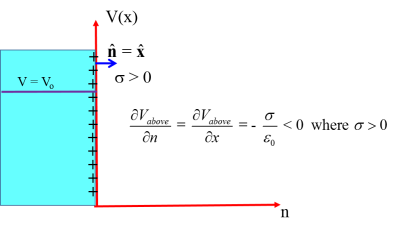See our list of the top free online physics courses, lectures and learning materials. Learn what courses are available and what topics they cover to find the course that’s right for you.
The courses listed below don’t require enrollment, but they also don’t grant college credit. Students can also access free learning materials offered by colleges and universities to supplement their online studies. Special software, such as media players or document readers, may be required to access materials.
Free Online Physics Courses, Lectures and Learning Materials
Fields at State University of New York – Stony Brook
Fields is an online physics textbook written by Professor Warren Siegel of SUNY – Stony Brook. The text focuses specifically on quantum field theory and claims to discuss standard topics of field theory in a fresh, new way. It also features working hyperlinks to referenced papers.
This Open Yale course consists of 24 class sessions. Each session has an audio lecture, video lecture and transcript, as well as assignments with solutions. Students will learn about basic principles of physics, including gravity, thermodynamics, relativity and waves. A textbook is required to get the most out of the course.
Students are introduced to mechanics in this course, with topics including Newton’s laws, torque and angular momentum. They can download lecture notes and exam reviews. Students can also access interactive exercises that demonstrate various principles.
This site offers more than 90 online simulations of physics experiments. Students can manipulate data to test band structure, charges and fields, friction and other types of scientific phenomena related to physics. The simulations come with teacher’s guides for learning.
In this undergraduate course, students look at relativity and explore the principles of quantum mechanics. They can download slides of lecture notes and several years of exams and solutions. Topics covered include electron waves, atoms, molecules and radiation. A textbook is required, and other readings are recommended, to fully learn from the course.
Nuclear Warfare at the University of Notre Dame
This course is offered to non-science majors by the university’s physics department. Students look at the physics behind the workings of nuclear weapons and also explore the atmospheric, medical and biological effects of all types of weapons of mass destruction. They can download lecture notes and are given a list of additional readings, some of which can be found on the Internet for free.
Physics I at Massachusetts Institute of Technology
This class provides 36 weeks of lecture notes with illustrations, as well as assignments and exams with solutions. This is an introductory course, and no prerequisite coursework is needed. Students will learn about energy and forces, Newton’s laws, particle dynamics and other fundamental principles of physics.
This online course consists of 22 PDFs of lecture notes, plus exams and assignments (without solutions). Physics I is a prerequisite. Students will expand upon the content areas they studied in Physics I; topics covered include energy density, conductors, currents, circuits, magnetic fields and electromagnetic radiation.
This is a comprehensive course that includes 23 video lectures, some lecture notes and assignments and exams, both with solutions. Students will learn about vibrations and waves, including how they are manifested in such everyday experiences as music, rainbows and red sunsets. Two textbooks are required to benefit as much as possible from the course.
Physics Courses at University of California – Berkeley
This link leads to a variety of physics courses, each of which has multiple video lectures. There are a few introductory physics courses that discuss kinetics, waves, electricity, heat, radioactivity and optics, among other topics. Another course delves more into thermal physics and statistics, and one course is designed for aspiring engineers and scientists.
Students should have a basic understanding of quantum mechanics after completing this course. They can download 37 sets of lecture notes that cover topics like angular momentum, stationary states, hyperfine structure and spin correlations. Students who purchase the textbook can also complete homework assignments, though no solutions are given

